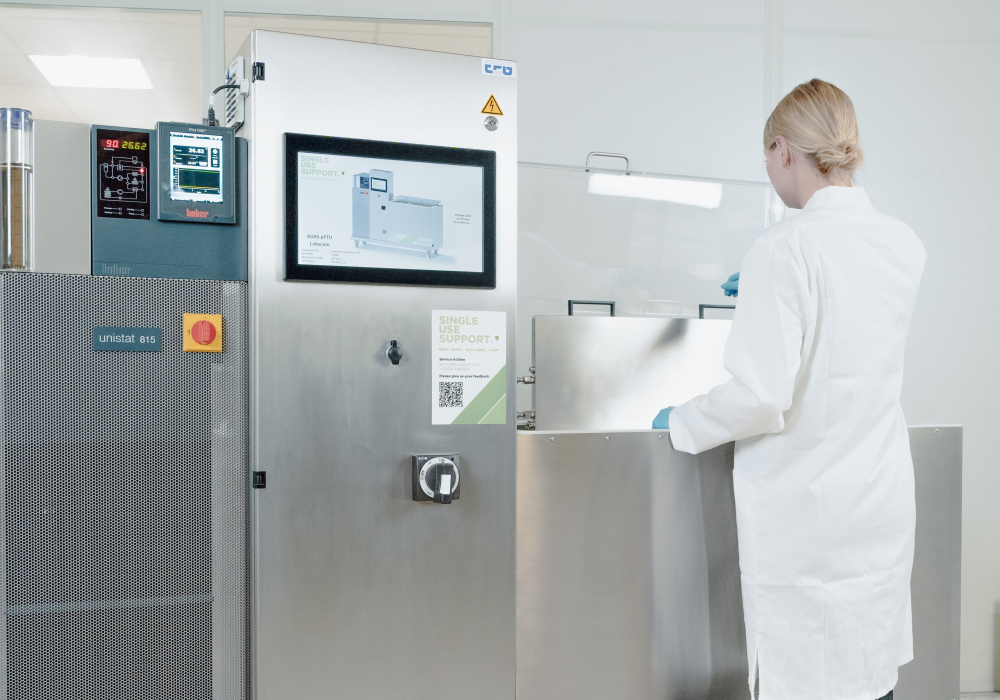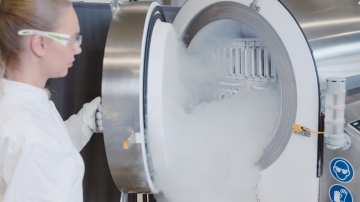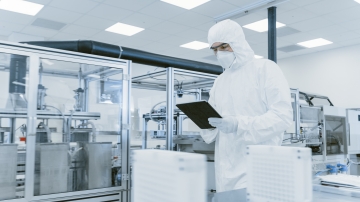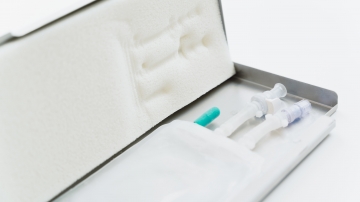What is the difference between cytotoxicity and cell viability?
Table of contents
ShowCell viability and cytotoxicity are frequent terms in biology and the biopharmaceutical industry. Cell viability describes how many cells are alive and functioning, while cytotoxicity refers to the ability of a substance to damage or kill cells. Both are distinct methods used to evaluate cell health and important in fields like cell banking.1 2
In this article, we will clarify the definitions of cell viability and cytotoxicity, compare their measurement methods, and explore strategies to improve cell viability and mitigate cytotoxicity.1 2
What is cell viability?
Cell viability refers to the ability of cells to survive and maintain their physiological functions under specific conditions. It is a critical aspect of cell culture and cell banking, commonly assessed in various research areas, including drug development, toxicity testing, and tissue engineering. Cell viability is indicative of the overall health and functional state of cells, providing valuable insights into their responses to external stimuli.
Measuring cell viability is essential to monitor cell health and assess the success of cell culture experiments. Researchers utilize various assays to determine cell viability, ranging from simple dye exclusion tests to sophisticated imaging techniques. These assays help determine the percentage of viable cells in a population, enabling researchers to make informed decisions during experimental analysis.
Learn more on the difference between cell viability and cell proliferation
What is cytotoxicity?
Cytotoxicity, on the other hand, is the property of certain substances to cause damage or death to cells. It is a crucial parameter in drug development, environmental testing, and assessing the safety of various materials. Cytotoxicity can result from exposure to chemicals, drugs, or other external factors that disrupt cellular processes and lead to cell death.
Cytotoxicity assessment is vital for evaluating the potential harm of substances on living organisms. Various cytotoxicity assays are employed to measure the extent of cell damage caused by different compounds. These assays provide valuable data on the safety and efficacy of drugs and other substances, aiding in the decision-making process during research and development.
Cell viability assays vs. cytotoxicity assays
Cell viability assays and cytotoxicity assays are distinct methods used to evaluate cell health and the effects of various substances on cells. These assays employ different techniques to provide valuable information to researchers.
Cell Viability Assays
- Measure the proportion of viable cells in a population.
- Utilize various techniques like dye exclusion, metabolic activity, and proliferation assays.
- Provide insights into cell health, growth, and function.
- Are commonly used for cell banking, optimizing culture conditions, and drug screening.
Cytotoxicity Assays
- Assess the harmful effects of substances on cells.
- Employ methods such as LDH release, ATP depletion, and cell membrane integrity tests.
- Provide data on the safety and efficacy of drugs and chemicals.
- Are widely used in toxicity testing and environmental monitoring.
Both types of assays have their strengths and limitations, and the choice of assay depends on the specific research objectives and the type of cells being studied.

Mitigating cytotoxicity – improving cell viability
To ensure successful cell culture experiments and reliable research outcomes, it is crucial to measure and improve cell viability while mitigating cytotoxicity. Here are some strategies to minimize cytotoxic effects and enhance cell viability:
Mitigating Cytotoxicity
- Perform toxicity testing at different stages of drug development to identify potential issues early on.
- Utilize alternative testing methods, such as 3D cell culture models, to better mimic in vivo conditions.
- Employ computational models to predict potential cytotoxic effects and prioritize candidate compounds.
Improving Cell Viability
- Optimize culture conditions, such as nutrient availability, pH, and temperature
- Regularly monitor and maintain cell cultures to prevent contamination and ensure proper growth
- Use appropriate cell culture techniques and equipment to minimize stress on cells
Considering the role of appropriate equipment to improve cell viability, platform solutions like those provided by Single Use Support are valuable tools in cell banking and cell-based pharmaceutical processing. These systems allow safe and effective fluid and cold chain management of even minute volumes of biomaterials, allowing for sterile and temperature-controlled processing to avoid contamination and improve cell viability.
FAQs
What is the meaning of cell viability?
Cell viability pertains to the capacity of cells to stay alive and sustain their physiological functions under particular circumstances. This crucial aspect holds significance in cell culture and research, offering valuable information about the overall health and functioning of cells.
What is the difference between cell proliferation and cell viability?
Cell proliferation refers to the process of cell division and reproduction, leading to an increase in the number of cells.
Cell viability, on the other hand, focuses on the overall health and survival of cells under specific conditions, regardless of whether they are actively dividing or not.
- Cell Proliferation and Cytotoxicity Assays, http://dx.doi.org/10.2174/1389201017666160808160513, Published 2016-08-15
- What is Cytotoxicity?, https://www.news-medical.net/health/What-is-Cytotoxicity.aspx, Published 2021









